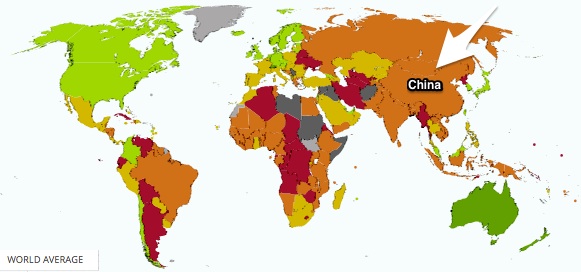
Finding the Cracks in the Glass Ceiling
June 11, 2015
Weekly Roundup: From Greek Games to Tennis Matches
June 13, 2015Dumping has just become the “mother of all trade issues.”
Our story begins in 2001 when China joined the World Trade Organization. Agreeing that higher tariffs could be placed on goods from NMEs (Non-Market Economies) with unusually low prices, China was tacitly admitting that it has subsidized those exports. In other words, China was “dumping” and the EU was taxing.
But here’s the catch.
Because the clause in China’s WTO agreement says the EU’s tariff walls that apply to a Non-Market Economy will crumble in 2016, China might automatically shift from Non-Market Economy to Market Economy status. With China a market economy, anti-dumping tariffs become illegal since prices (theoretically) are “normally” determined by supply and demand. (I know…a bit convoluted.)
So, China might be treated like a market economy. But is it a market economy?
Our Bottom Line: A Market Economy
EU Regulations
Deciding whether China is in fact a market economy, we can look at the EU’s anti-dumping regulations that sound a lot like market requisites. They say that firms should…
- respond to market signals.
- be minimally affected by the legacy of the command economy.
- use acceptable accounting standards.
- have a convertible currency that recognizes market rates.
Index of Economic Freedom
You can tell from this heat map based on the Index of Economic Freedom that China’s compliance with EU regulations would be inadequate. On the map a green color and a high number designate a free economy while the rusts and reds label economies with more government control.

From: The Heritage Foundation
World Bank
Again displaying more government intervention, at the World Bank’s Ease of Doing Business Index, China is ranked 90 out of 183 countries.
So, seemingly related to whether China is a market economy, “the mother of all trade issues” really is a debate about cheap exports.
![econlifelogotrademarkedwebsitelogo[1]](/wp-content/uploads/2024/05/econlifelogotrademarkedwebsitelogo1.png#100878)



